
Inilah yang teratas 5 sebagian besar artikel membaca tentang analisis logam dengan XRF Penganalisa dan spektrometerS:
Dasar -dasar penganalisa XRF
XRF vs.. Spektrometer
XRF portabel Penganalisa Tips
Kemajuan dalam teknologi spektrometer
Pemecahan masalah Analisis XRF
Artikel -artikel ini populer karena memberikan tips yang bermanfaat. Anda dapat menemukan perbandingan yang mudah dan jawaban nyata untuk pengujian logam. Anda belajar cara menggunakan alat dan melihat apa yang membuat mereka berbeda. Artikel membantu Anda menghindari kesalahan dan memperbaiki masalah. Baik ahli dan pemula dapat belajar dari panduan ini.
Kunci takeaways
Penganalisis XRF membantu Anda menguji logam dengan cepat dan aman. Mereka tidak membahayakan sampel. Ini membuat mereka baik untuk laboratorium dan pekerjaan lapangan.
Anda memilih XRF atau spektrometer lain berdasarkan kebutuhan Anda. XRF bekerja dengan baik untuk pemeriksaan cepat di situs. Spektrometer lain dapat menemukan elemen cahaya seperti karbon.
Analisis XRF portabel memberikan hasil yang dekat dengan tes laboratorium. Ini terjadi ketika Anda mengkalibrasi dengan benar dan menyiapkan sampel dengan baik.
Teknologi spektrometer baru lebih kecil dan lebih pintar sekarang. Itu juga lebih cepat. Anda dapat menggunakannya untuk pemeriksaan logam real-time di banyak pekerjaan.
Jika Anda tahu masalah XRF yang umum, Anda dapat menghindari kesalahan. Langkah -langkah sederhana seperti kalibrasi ulang dan perawatan sampel membantu Anda mendapatkan hasil yang baik setiap saat.
1. Dasar -dasar penganalisa XRF
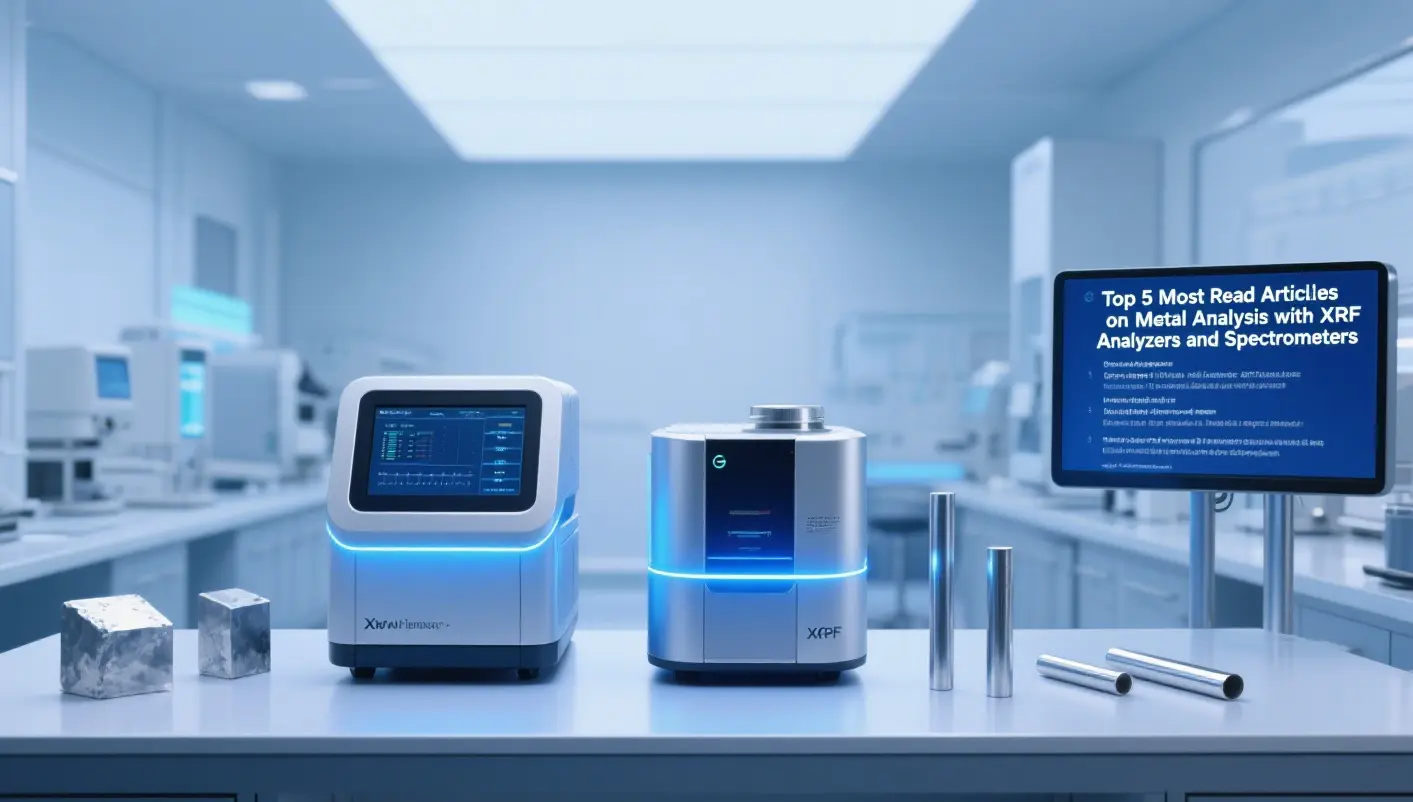
Ringkasan
Penganalisa XRF memungkinkan Anda menguji logam dengan cepat dan aman. Anda tidak perlu memotong atau mengganti logam. Alat memberi menghasilkan hanya beberapa detik. Anda tidak perlu menyiapkan sampel sebelum pengujian. Banyak pekerjaan menggunakan metode ini karena cepat dan benar. Anda dapat menggunakannya di luar atau di lab. Penganalisa XRF memeriksa elemen apa yang ada dalam logam, bahkan jika hanya ada sedikit.
PENGANALISIS XRF tidak membahayakan sampel Anda.
Anda mendapatkan hasil dengan cepat, Yang membantu saat Anda sibuk.
Itu dapat menemukan banyak elemen sekaligus.
Alat ini berfungsi untuk logam dalam jumlah besar dan kecil.
Anda bisa menggunakannya genggam model untuk menguji hal-hal di tempat.
Anda harus berhati-hati dan mengikuti aturan keselamatan karena menggunakan sinar-X.
XRF Analyzer Insights
Penganalisa XRF digunakan dalam banyak pekerjaan. Berikut adalah tabel yang menunjukkan bagaimana berbagai bidang menggunakan alat ini dan mengapa itu membantu:
Aplikasi Industri | Benchmark kinerja / Sorotan fitur | Contoh Penggunaan Kasus / Keuntungan |
|---|---|---|
Pertambangan dan Geologi | Kecepatan pengujian cepat untuk eksplorasi mineral dan perdagangan bijih | Cepat, hasil bidang yang akurat |
Manufaktur dan Kontrol Kualitas | Akurasi tinggi dan throughput cepat | Pemeriksaan material, perbaikan proses |
Pengujian Lingkungan | Mendeteksi logam berat dengan pemulihan tinggi | Analisis tanah dan air |
Logam dan perhiasan berharga | Peka, Pemeriksaan kemurnian non-destruktif | Pengujian di tempat, Tidak ada kerusakan pada item |
Penelitian dan akademisi | Perangkat lunak presisi tinggi dan fleksibel | Sains Material dan Studi Geokimia |
Pentingnya
Anda dapat menggunakan penganalisa XRF jika Anda baru atau memiliki banyak pengalaman. Pemula dapat menggunakan alat genggam untuk mendapatkan data cepat tentang batuan, tanah, atau logam. Ini membuat pekerjaan di lapangan lebih cepat dan lebih mudah. Pakar mempercayai penganalisa XRF untuk hasil yang sangat tepat. Anda dapat memeriksa sejumlah kecil elemen, Pastikan material benar, dan ikuti aturan keselamatan. Alatnya cepat dan mudah dibawa, Jadi Anda bisa membuat pilihan dengan cepat. Banyak pekerjaan, seperti penambangan, membuat sesuatu, dan memeriksa lingkungan, Gunakan untuk tetap aman dan bekerja dengan baik.
2. XRF vs.. Spektrometer
Ringkasan
Anda sering perlu memilih antara penganalisa XRF dan spektrometer lainnya untuk pengujian logam. Setiap alat bekerja dengan cara yang berbeda. XRF menggunakan X-ray untuk mengetahui elemen apa yang ada dalam sampel. Spektrometer lainnya, seperti OES (Optical Emission Spectroscopy) and LIBS (Laser Induced Breakdown Spectroscopy), use light or lasers. These tools help you test metals, Paduan, and even plastics. You can use them in the lab or in the field. Some work fast and need little sample prep. Others need more steps but can find more elements.
Tip: If you want quick results with little prep, XRF is a strong choice. If you need to find light elements like carbon, OES or LIBS may work better.
Perbedaan utama
You can see the main differences in how these tools work, what they can detect, and how easy they are to use. Here is a table to help you compare:
Fitur / Teknologi | Alat Analisis XRF | Oes (Optical Emission) | Libs (Laser Induced Breakdown) |
|---|---|---|---|
Deteksi Elemen | Kebanyakan logam, not carbon | All metals, including carbon | Metals, karbon, silikon, aluminium |
Portabilitas | Genggam, ringan | Berat, needs a cart | Genggam, very light |
Sample Prep | Minimal | Needs grinding/sanding | Needs some prep, easy to carry |
Kecepatan | 2-7 Detik | Under 20 Detik | Cepat, field-ready |
Keamanan | Uses X-rays, needs care | Needs argon gas, berat | Uses laser, needs eye safety |
Terbaik Untuk | Quick checks, field use | Full chemistry, laboratorium | Fast field checks, light elements |
You can also look at detection limits. XRF can find elements in the parts-per-million range. OES can be 30% better for some metals like copper. FTIR, another spectrometer, works best for plastics and chemicals, not metals.
Aplikasi
You should pick the right tool for your job. If you work in recycling or need to check metals on-site, you may want a portable XRF ANALYZER. If you need to test for carbon in steel, OES or LIBS will help you. FTIR is best if you need to check plastics or additives. Both XRF and other spectrometers need trained users and good calibration. You can use XRF for fast screening, compliance checks, and sorting metals. OES and LIBS help you when you need full chemistry, including light elements.
Use XRF for:
Sorting scrap metals
Checking alloys in the field
Fast screening for heavy metals
Use OES or LIBS for:
Grading low carbon steels
Full lab analysis
Detecting light elements
Catatan: Each tool has strengths and limits. You get the best results when you match the tool to your testing needs.
3. Portable XRF Analyzer Tips
Ringkasan
A portable XRF ANALYZER lets you test metals fast and safely almost anywhere. These handheld tools show results in just a few seconds. You do not have to break or change the sample. You also do not need to wait for long lab tests. People in South India and other places use portable XRF analyzers to check metal exposure outside the lab. Studies say these tools give results that are close to lab tests after you calibrate them. You can trust them for both field and lab work.
Parameter | Key Findings |
|---|---|
Model XRF portabel baru membuat lebih sedikit kesalahan | |
Batas Deteksi | Analisis portabel sensitif dan bekerja dengan cepat |
Ketepatan | Hasil Cocokkan Tes Lab setelah Kalibrasi |
Nilai praktis | Hasilnya stabil di lapangan dan di laboratorium |
Praktik terbaik
Untuk mendapatkan hasil yang baik dengan penganalisa XRF portabel Anda, Ikuti langkah -langkah ini: Pertama, Ukur untuk a waktu lebih lama. Ini membantu Anda mendapatkan hasil yang lebih baik dan lebih tepat. Depan, selalu Kalibrasi perangkat Anda Sebelum Anda menggunakannya. Kalibrasi membantu hasil Anda sesuai dengan standar laboratorium. Sampel yang bersih dan halus memberi Anda bacaan yang lebih baik. Mengambil kelas pelatihan dan berlatih menggunakan alat ini dengan aman. Tuliskan Langkah Anda dan pengaturan. Ini membantu Anda memeriksa dan mengulangi pekerjaan Anda.
Tip: Mengukur lebih lama dan dikalibrasi dengan baik adalah langkah terpenting untuk data yang baik.
Penggunaan Lapangan
Anda dapat menggunakan analisis XRF portabel dalam banyak pekerjaan kehidupan nyata. Toko perhiasan memeriksa emas tanpa menyakitinya. Pusat daur ulang mengurutkan logam dengan cepat dan membuat lebih sedikit kesalahan. Tim forensik menemukan elemen di TKP dengan cepat. Ilmuwan Lingkungan Uji tanah dan air untuk logam berat Tepat di mana mereka berada. Petani dan pakar tanah memeriksa jenis tanah dan polusi di lapangan.
Analisis XRF portabel cepat, Biaya lebih murah dari tes lab, dan membutuhkan sedikit persiapan sampel. Anda dapat memutuskan apa yang harus dilakukan segera, Bahkan di tempat yang sibuk atau jauh.
4. Kemajuan dalam teknologi spektrometer

Ringkasan
Teknologi spektrometer banyak berubah hari ini. Desain baru membuat alat ini lebih kecil dan lebih cepat. Banyak pekerjaan menggunakan alat baru ini untuk analisis logam. Penambangan dan daur ulang hanyalah dua contoh.
Sekarang Anda dapat menguji logam tepat di tempat Anda bekerja. Kemajuan ini memungkinkan analisis waktu nyata.
Fitur baru
Spektrometer modern memiliki banyak fitur pintar. Fitur -fitur ini membantu Anda mendapatkan hasil yang lebih baik. You can use your device in more ways. Here are some highlights:
There are also new lasers and better light sources. Improved optical paths help too. These changes give higher sensitivity and faster tests. Some spectrometers use smart software libraries. This helps you find out what materials you have quickly.
Industry Impact
These changes affect how you work with metals. You can test materials right away. This saves time and money. Many industries use portable and benchtop spectrometers now. They help with trace metal analysis. You see these tools in labs, keamanan pangan, Pertambangan, and chip testing.
The spectrometry market was over $11 billion in 2021. It is still growing.
Small spectrometers now fit in smartphones and robots. This makes metal analysis easier for everyone.
Portable spectrometers like SPECTROTEST help check alloys and metals during production and recycling.
New features let you watch quality in real time. You can do this in factories and recycling yards.
With these new tools, you can decide faster, stay safe, and meet industry rules.
5. Troubleshooting XRF Analysis
Ringkasan
Kadang-kadang, using an XRF ANALYZER for metal analysis is hard. Problems can mess up your results and slow you down. If you know the common issues, Anda dapat menghindari kesalahan. This helps you get the right data. You can fix many errors by following easy steps and using the right tools.
Common Issues
Lots of people have the same problems with XRF analysis. The table below shows the main error types, what causes them, and how to fix them:
Error Category | Key Causes | How to Reduce Errors |
|---|---|---|
Instrumental Errors | Detector limits, unstable source, calibration drift | Gunakan detektor beresolusi tinggi, sering kali dikalibrasi ulang |
Kesalahan terkait sampel | Sampel yang tidak rata, Permukaan kasar, ketebalan yang salah | Membuat sampel bahkan, Polandia, Periksa ketebalan |
Efek matriks | Gangguan elemen, masalah penyerapan | Gunakan perangkat lunak koreksi, Standar Kalibrasi |
Lingkungan/operasional | Suhu, kelembaban, kesalahan operator | Lingkungan kontrol, operator kereta |
Kemajuan teknologi | AI baru dan alat cloud untuk kalibrasi | Gunakan perangkat lunak pintar, Kalibrasi otomatis |
Tip: Sebagian besar kesalahan terjadi saat Anda tidak menyiapkan sampel dengan baik atau lupa untuk mengkalibrasi ulang perangkat Anda.
Solusi
Anda dapat memperbaiki sebagian besar masalah analisis XRF dengan melakukan hal -hal ini:
Periksa perangkat Anda
Pastikan detektor Anda bekerja dengan benar. Sering kali kalibrasi ulang penganalisa XRF Anda. Perhatikan perubahan sumber sinar-X.Siapkan sampel dengan benar
Gunakan sampel yang halus dan bahkan. Memoles permukaan dan menjaga ketebalan tetap sama. Langkah ini membantu Anda mendapatkan hasil yang lebih baik.Use Correction Tools
Use matrix correction software. Try calibration standards for better accuracy. Smart algorithms help fix interference.Control Your Environment
Keep your lab at the same temperature and humidity. Train everyone who uses the analyzer. Always follow the right steps.Try New Technology
Use AI-powered software for calibration and error checks. Cloud platforms help you share data and find problems fast.
Error Type | Solution | How You Know It Works |
|---|---|---|
Instrumental | Recalibrate, upgrade detector | Stable, Bacaan yang akurat |
Sample-Related | Prepare and polish samples | Repeatable, hasil yang tepat |
Efek matriks | Gunakan perangkat lunak koreksi | Better quantification accuracy |
Lingkungan/operasional | Control lab, train users | Consistent instrument response |
Technological | Use AI and cloud tools | Faster error detection, improved calibration |
Catatan: Good habits and the right tools help you stop most XRF analysis mistakes.
You get real skills by reading these top articles. Each guide teaches you how to find metals and avoid mistakes. You also learn about new technology. Studies say XRF and spectrometer tools can find copper and emas very well. You can:
Find metals fast in scrap and jewelry.
Get valuable metals from old electronics.
Try new ways like machine learning for better results.
Use advanced tests to guess where minerals are.
Keep learning to be more accurate and make better choices. Look for more resources, sign up for updates, or share this blog with your group.
FAQ
Logam apa yang bisa Anda uji dengan penganalisa XRF?
You can test most metals, including copper, besi, aluminium, nikel, dan seng. XRF analyzers also detect precious metals like gold and silver. You cannot test very light elements such as hydrogen or carbon.
How do you keep your XRF analyzer accurate?
You should calibrate your analyzer often. Clean the device and sample before each test. Store your analyzer in a safe, tempat kering. Follow the manufacturer’s instructions for best results.
Can you use a portable XRF analyzer outdoors?
Ya, you can use portable XRF analyzers outside. These devices work well in the field. You get fast results without sending samples to a lab.
What is the main difference between XRF and OES?
XRF uses X-rays to find elements. OES uses light from sparks. XRF works well for most metals. OES can test for light elements like carbon, which XRF cannot detect.
Why do you need to prepare samples before testing?
Sample preparation helps you get accurate results. Smooth, clean surfaces let the analyzer read the metal better. If you skip this step, you may see errors in your data.

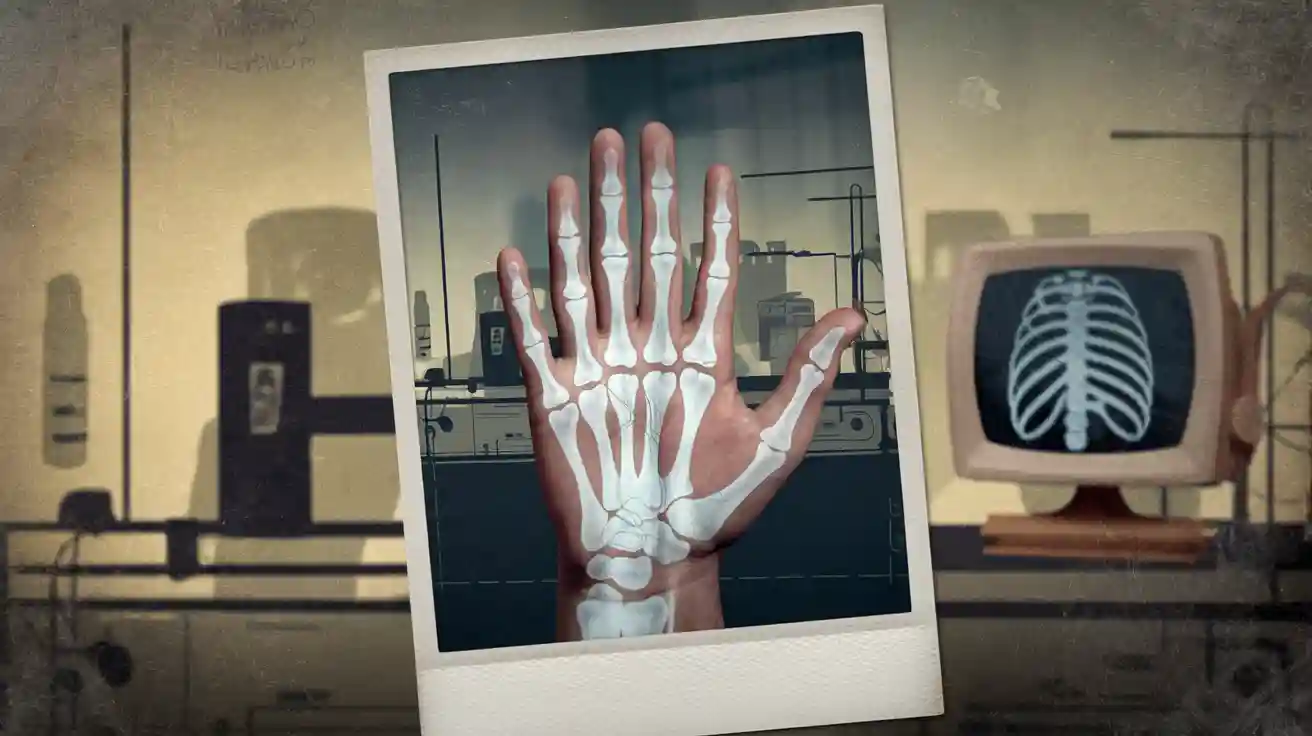

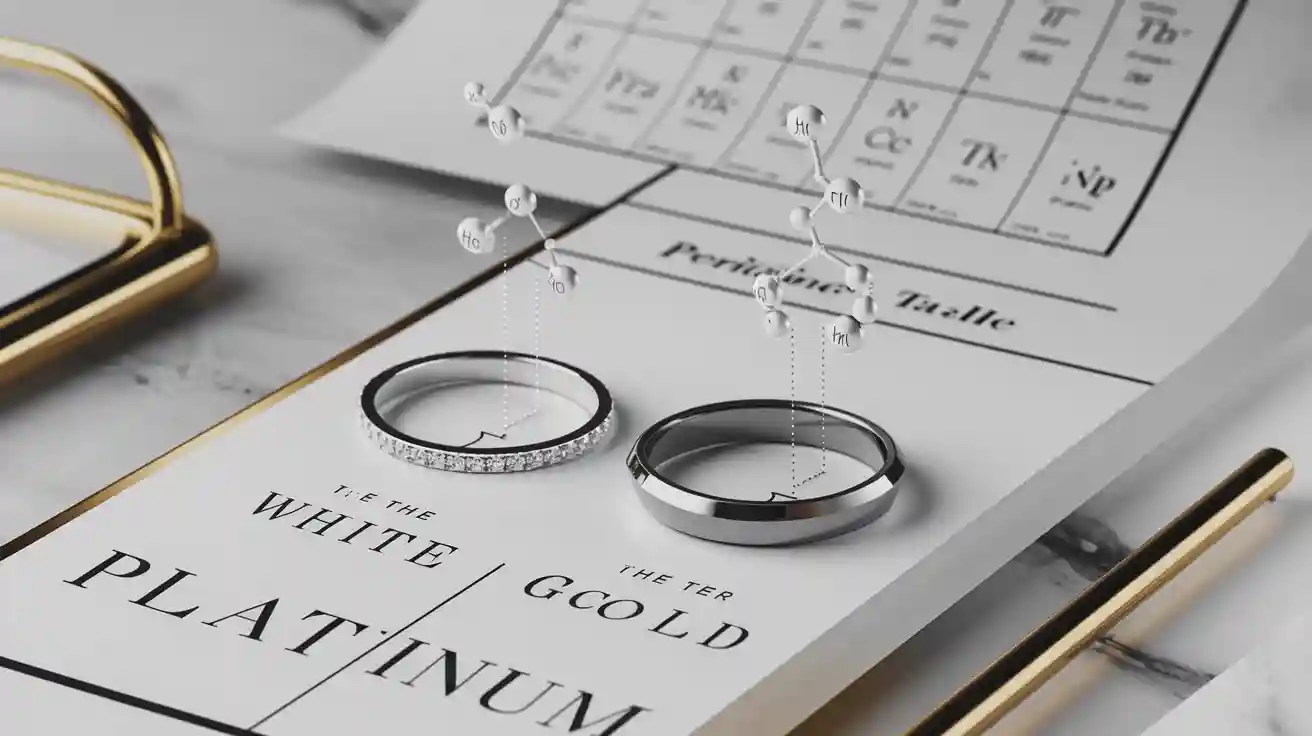
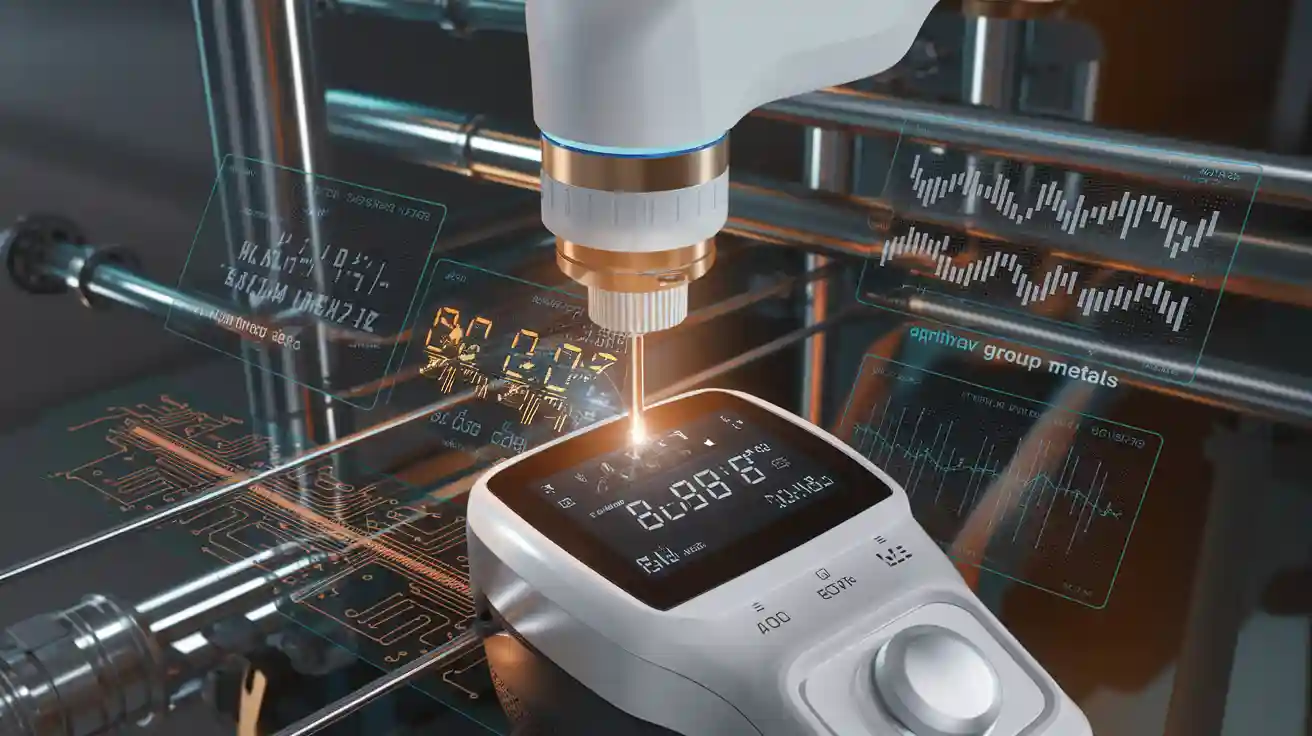
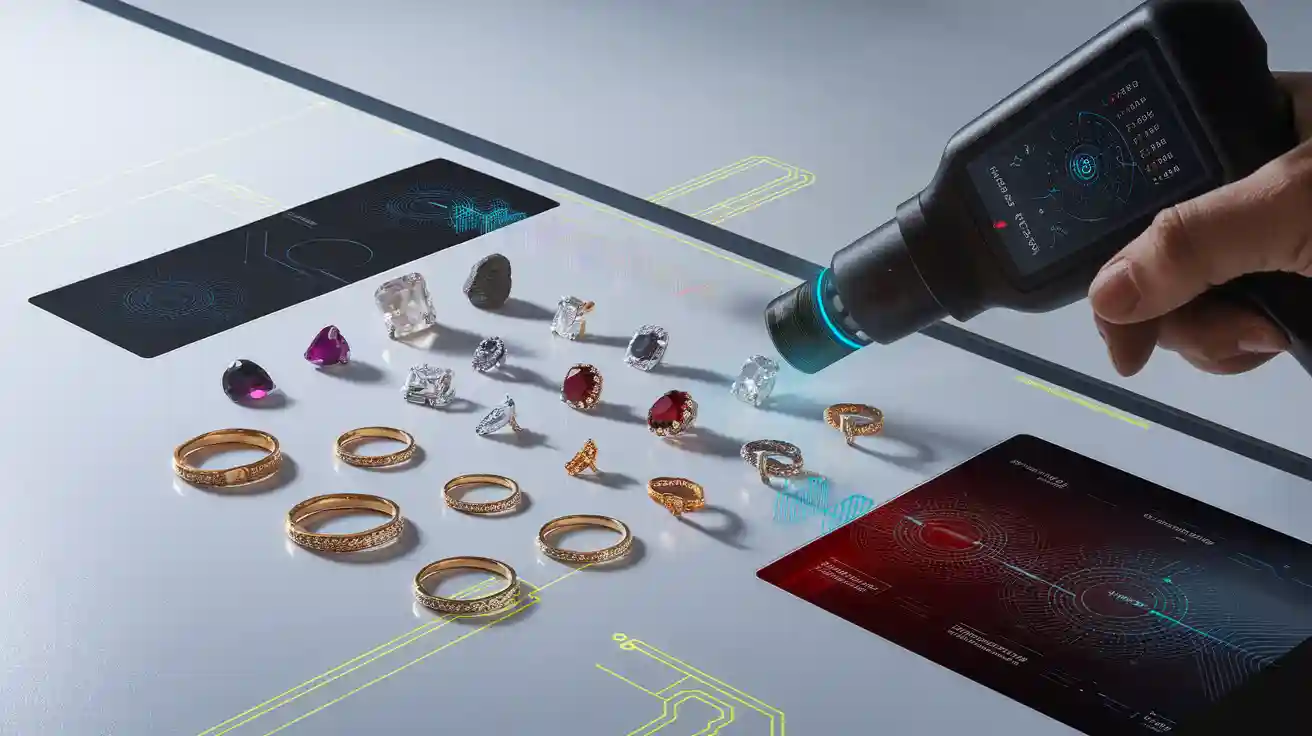

WhatsApp
Pindai Kode QR untuk memulai obrolan WhatsApp dengan kami.